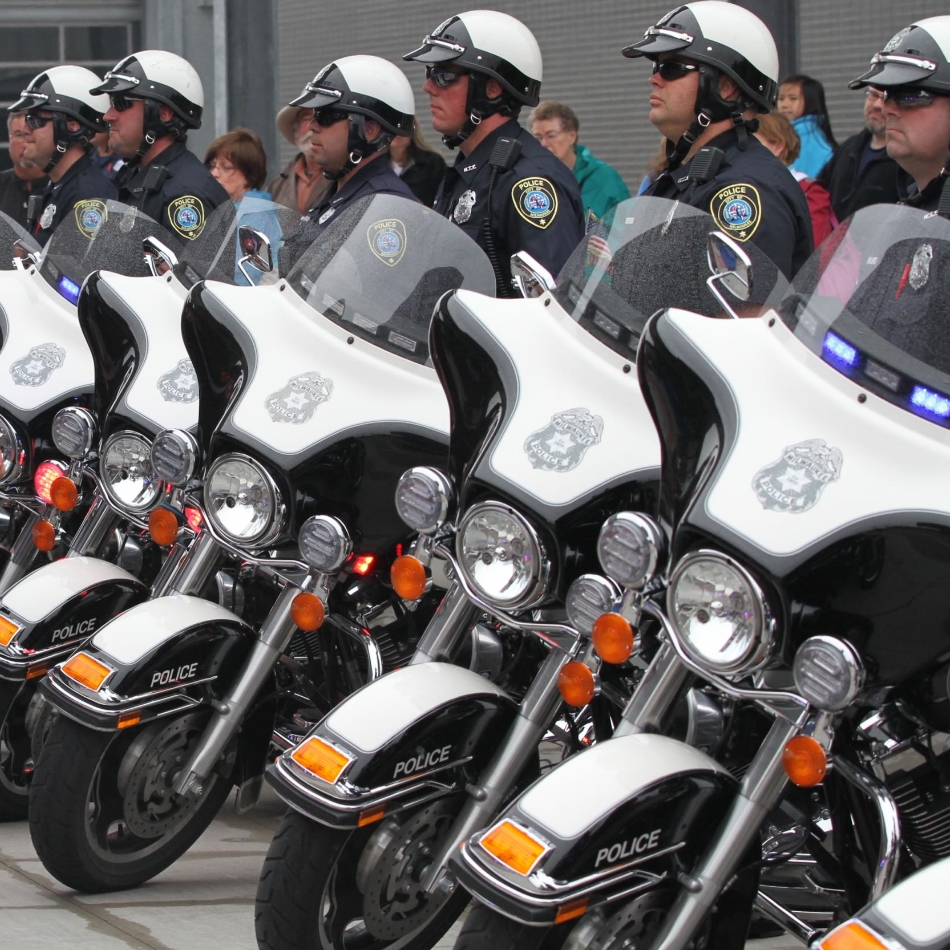City’s Homicides Way Down in 2018
Right now at 19 percent fewer homicides and 16 percent fewer non-fatal shootings. Why?
Wisconsin’s largest city is expected to see a dip in homicides and non-fatal shootings this year.
In 2017, Milwaukee had 119 homicides and 558 non-fatal shootings. As of Dec. 19, the city had seen 96 homicides and 459 non-fatal shootings.
Steve Caballero, assistant police chief with the Milwaukee Police Department, said the 2018 numbers show an estimated 19 percent drop in homicides and 16 percent drop in non-fatal shootings compared to 2017 levels. But he added that those numbers don’t do a good enough job conveying the decrease in violence.
“When we talk about non-fatal shootings being down 16 percent, that essentially is 88, eighty-nine people that weren’t shot in the city, which is a huge, huge thing,” he said.
While the decline is being welcomed by local officials, they say there’s work left to be done.
Caballero said the department has been working with community partners and aims to keep the momentum going in 2019.
“Our homicides and non-fatal shootings stem from five or six neighborhoods in the city,” he said. “And again, we’re not going to over-police those areas and it really is now going to be a partnership between the community and the police department.”
Even with 2018’s low homicide numbers, there was a major spike as recently as 2015 when Milwaukee saw 147 homicides by the end of the year, compared to 86 in the previous year.
Reggie Moore, director of the city of Milwaukee Office of Violence Prevention, said following those spikes, the city expanded his office. He said the expansion has allowed for greater engagement of community residents in violence prevention efforts, which he said is slowly paying off.
“We’re really excited about the results that this movement is producing because I think a lot of people believe that a public health approach to violence prevention is only long-term, but I think it can yield both immediate short-term outcomes as well as long-term outcomes,” Moore said.
With 2019 soon approaching, the city may also see additional federal resources for its efforts to reduce violence, said Matthew Krueger, a U.S. attorney for the Eastern District of Wisconsin.
Through Project Safe Neighborhoods — a U.S. Department of Justice program — Krueger’s office helps prosecute perpetrators of violent gun crimes and reduce gun crime recidivism.
Krueger said while he’s pleased with the progress made in reducing homicides and non-fatal shootings, he’s not satisfied with the overall numbers.
The overall decline in homicides and non-fatal shootings is also being welcomed by Milwaukee’s only adult Trauma I hospital.
Doctor Marc de Moya, chief of trauma surgery at Froedtert & the Medical College of Wisconsin, estimates about 90 percent of the gun-related injuries in the city last year were treated in his emergency room. He said the dip in shootings has been slow, but means the hospital is less congested.
“The average hospital stay for a gunshot wound that gets admitted to the hospital is about seven days, the average ICU length of stay is two days,” De Moya said. “So patients can come in if they’re significantly injured and really, take a lot of resources.”
De Moya said treating victims of shootings can take an emotional toll on staff and fewer victims means a shorter wait time in the emergency room for each patient, even though stabbings and gun-related injuries only make up 20 percent of the hospital’s intake.
Listen to the WPR report here.
Homicides In Milwaukee Expected To Decline In 2018 was originally published by Wisconsin Public Radio.






















